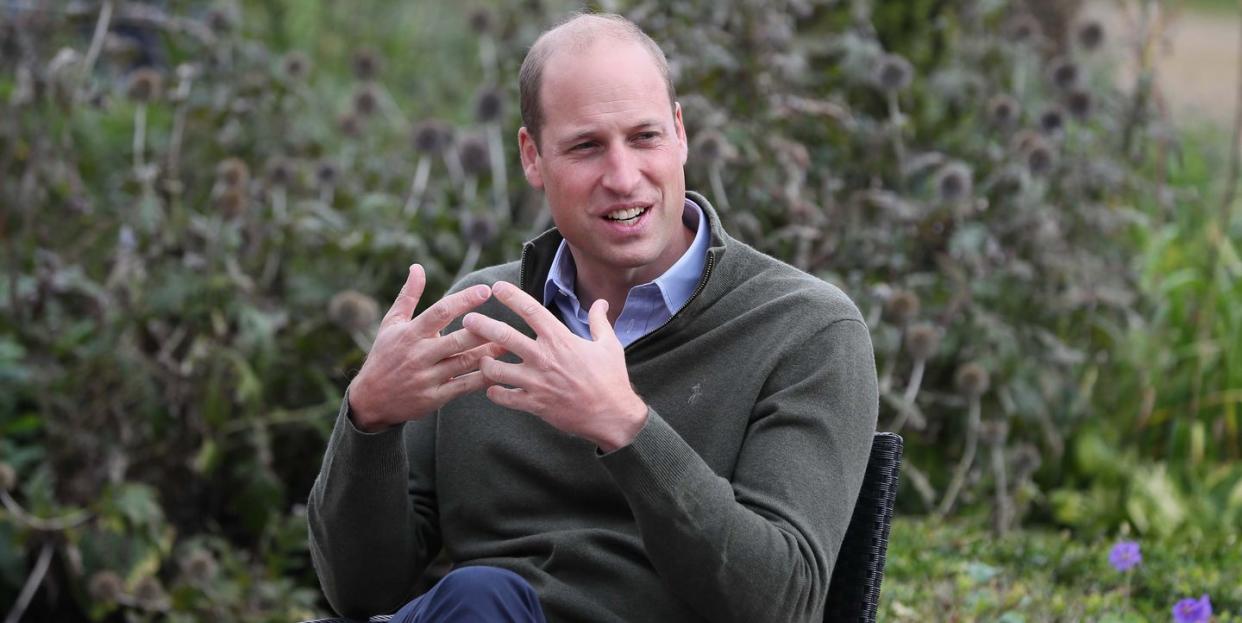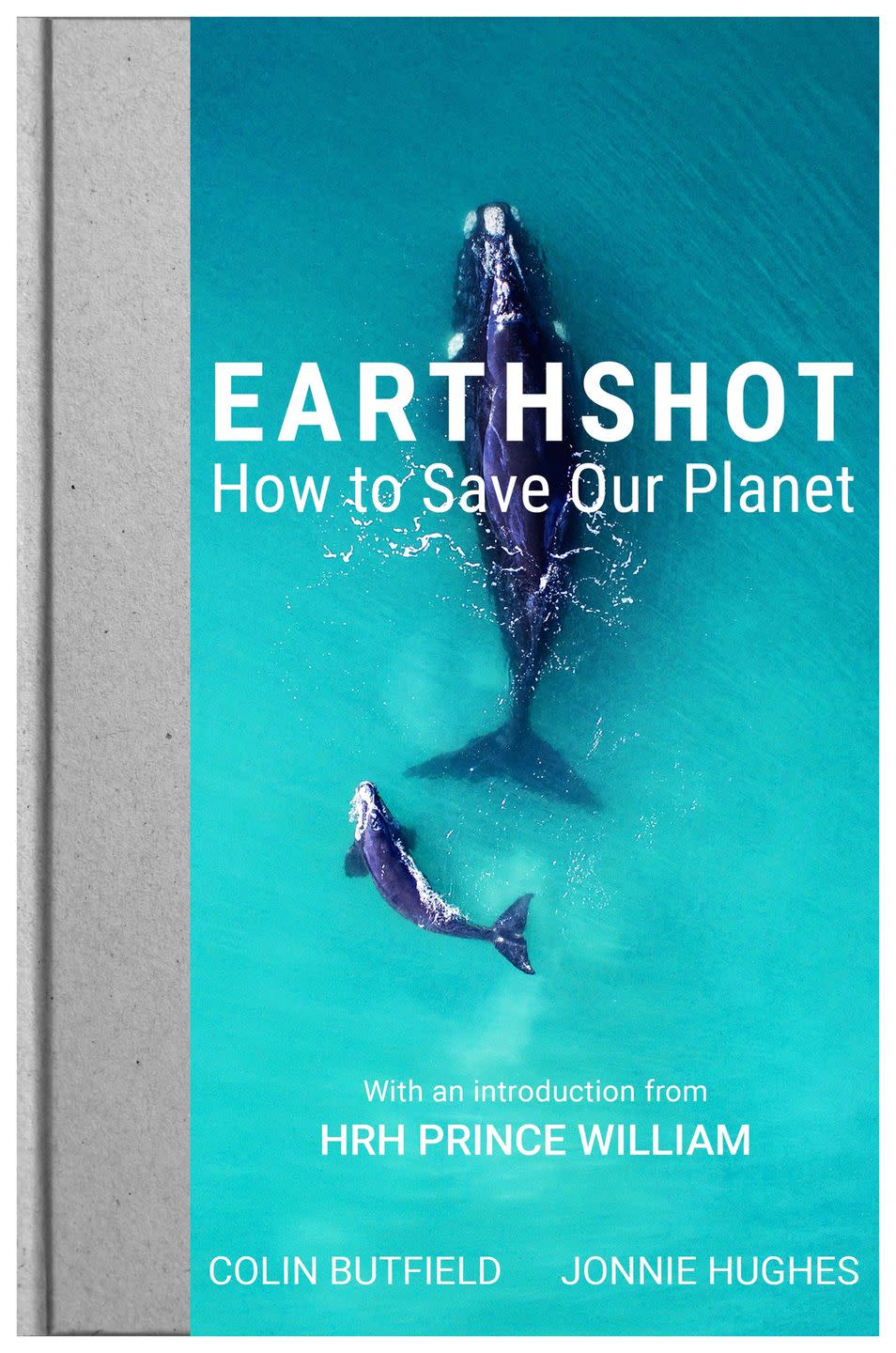Prince William Wants to be Able to Look His "Children in The Eye" About Climate Change

“Hearst Magazines and Verizon Media may earn commission or revenue on some items through the links below.”
It was almost exactly one year ago that Prince William launched his £50 million Earthshot Prize, with the aim of finding solutions over the next decade to the world’s biggest environmental challenges. And now, the Prince shared his inspiration for the project: An aide disclosed that the Prince wants to be able to look his “children in the eye” over how he used his position to fight climate change.
In an introduction to Earthshot: How to Save our Planet, the book accompanying the Prize, William describes his eureka moment during a visit to Namibia in September 2018. He writes how witnessing the “breathtaking” landscape and wildlife that thrives there before returning home to “despair and anger” over climate change, galvanized him. William’s close aide Jason Knauf, who is CEO of the Royal Foundation, described to reporters how the Duke communicated his vision to them. “The challenge the Duke set himself was, ‘What is the maximum positive personal contribution I can make in the next ten years in the fight against climate change? What am I going to do in the next decade that means I can look my children in the eye and say that I did my bit? Every aspect of the Prize bears the stamp of his contribution,” Knauf said.
The first 15 finalists, taken from 750 nominations, will be unveiled on Friday, September 17 at midday in the UK. Five winners will be announced during an awards ceremony on October 17 at London’s Alexandra Palace. Described by Kensington Palace as “the most prestigious global environment prize in history,” Earthshot looks for innovative solutions to repairing the planet across five areas: Protect and Restore Nature, Clean our Air, Revive our Oceans, Build a Waste-free World, and Fix our Climate.
“The sight that greets you on arrival at the Hoanib Valley in the Kunene region of Namibia is breath-taking,” William wrote in the introduction of the accompanying book. “It was here, in September 2018, under the vast Namibian desert sky, that The Earthshot Prize was born.”
The Prince added, “You might be wondering how I went from a 5 a.m. start to catch a fleeting glimpse of a shy black rhino in the north-west corner of Namibia, to building a team to deliver the most ambitious environmental prize in history. The answer lies in a crucial disconnect this visit clarified for me, between the optimism and determination I saw on the ground, and the despair and anger that would come to dominate headlines just a few weeks later. The rich wildlife that I saw thriving on that visit struck a real chord. The community conservancy model is a prime example of how a simple, positive solution can have wide-reaching benefits for both humans and nature. Most importantly of all, it is a success story that can be replicated and scaled. I wanted to find a way to bottle that innovation and community spirit and mass-produce it globally.”
Describing the challenges facing the planet as “immense,” William wrote, “Humans have taken too many fish from the sea. We have cleared too many trees, burnt too much fossil fuel, and produced too much waste. The damage we are doing is no longer incremental but exponential, and we are fast reaching a tipping point.” However, he added, “I strongly believe that change is possible, when you put your mind to it.”

The Prince concluded, “So, at the end of 2018, inspired by the brilliant solutions I had seen on the ground in Namibia and elsewhere, and at the same time horrified by the cliff edge the scientists were predicting yet determined not to give up, I set about asking how I could play a helpful role in bridging that disconnect. I wanted to recapture Kennedy’s Moonshot spirit of human ingenuity, purpose and optimism, and turn it with laser-sharp focus and urgency on to the most pressing challenge of our time—repairing our planet.”
You Might Also Like


